The cities in Peru have magnificent historical monuments, wonderful gastronomy, beautiful colonial architecture, and stunning natural surroundings, which must be seen to be believed.
The variety of Peru’s towns allows for intriguing exploration, and tourists will fall in love with all the wonders on offer, whether hidden away in the Andes or popping out from the foliage of the Amazon jungle.
Beyond Machu Picchu, Peru has a lot to offer. While the number of tourists visiting Peru has skyrocketed in recent years and decades as more and more people plan trips to the renowned Incan ruins on their bucket lists, shockingly few people go outside of a few major towns to experience the rest of the nation.
List Of 19 Best Cities In Peru
- Huancayo
- Tarapoto
- Huanchaco
- Chiclayo
- Cajamarca
- Huaraz
- Nazca
- Ica
- Trujillo
- Puno
- Iquitos
- Ayacucho
- Arequipa
- Lima
- Cusco
- Aguas Calientes
- Pisco
- Tacna
- Urubamba
1) Huancayo
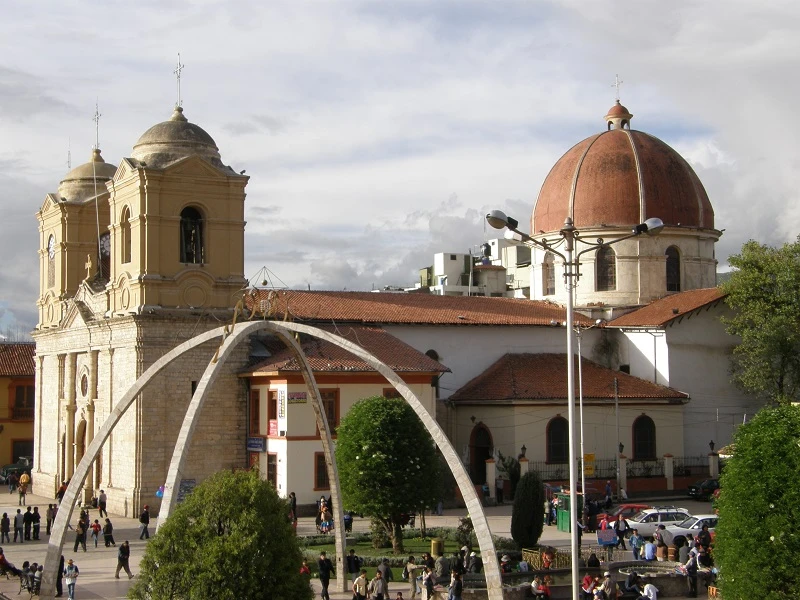
Huancayo, which is located in the Peruvian highlands and serves as the region’s major economic hub, is well worth a visit even if it lacks many notable architectural or historical landmarks.
In a bustling area, there are several restaurants where you can sample some of the regional Andean cuisine as well as some fantastic marketplaces offering local goods.
An excellent time to come is in May when the enjoyable Fiesta de las Cruces event is held since there is also a booming nightlife scene in the area.
The Mantaro Valley is surrounded by beautiful mountains, which create a magnificent environment. Tucked away in the terrain are remarkable pre-Incan ruins, glittering lakes, and unusual rock formations.
2) Tarapoto
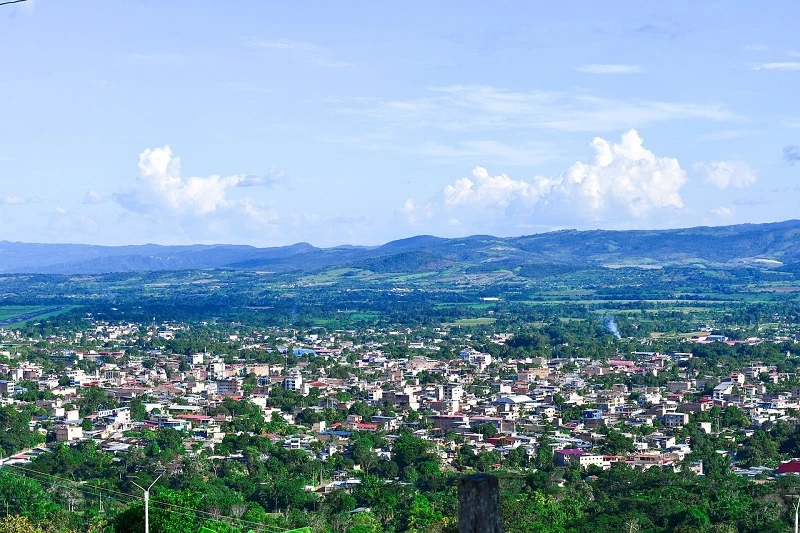
Tarapoto is the ideal starting point from which to explore the variety of neighboring natural wonders because it is situated on the edge of the forest and the lower foothills of the Andes.
The city itself boasts a great number of excellent restaurants and marketplaces, which masks the reality that it also has a sizable jail population and a significant drug smuggling issue.
The neighboring river or the rain forest, with all of its lovely lagoons, waterfalls, and walking routes, may also be explored from here.
3) Huanchaco
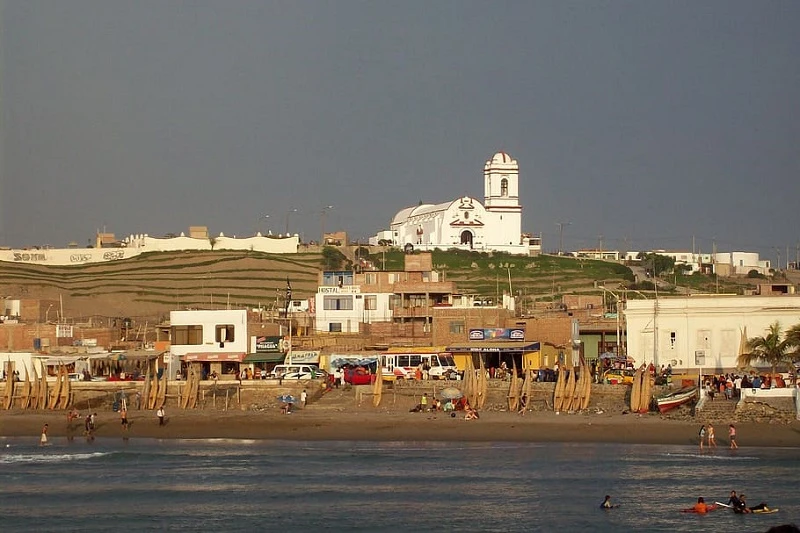
Previously a tranquil fishing hamlet, a boom of building projects has resulted in a vast variety of lodging and dining alternatives for visitors.
Huanchaco has maintained a tranquil village atmosphere despite its fast expansion, and despite its subpar beach, it’s a pleasant place to spend some time.
Along with its relaxed atmosphere, many visitors use it to explore surrounding attractions like the amazing Chan Chan ancient remains.
4) Chiclayo
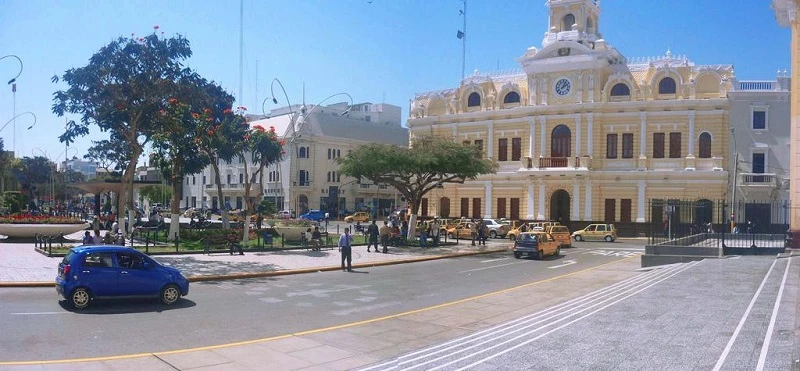
Chiclayo has developed throughout the ages as a result of its advantageous location at the crossroads of several trade routes, and it is today a commercial metropolis with the typical associated urban sprawl.
It is a vibrant city with some amazing marketplaces and restaurants as well as the interesting Witch Market where you can buy elixirs, potions, and protective amulets even though there aren’t many tourist attractions there.
Most visitors stop by because it is a fantastic starting point for seeing the amazing ancient remains that dot the neighborhood, including those at Mochi and Chimu.
5) Cajamarca
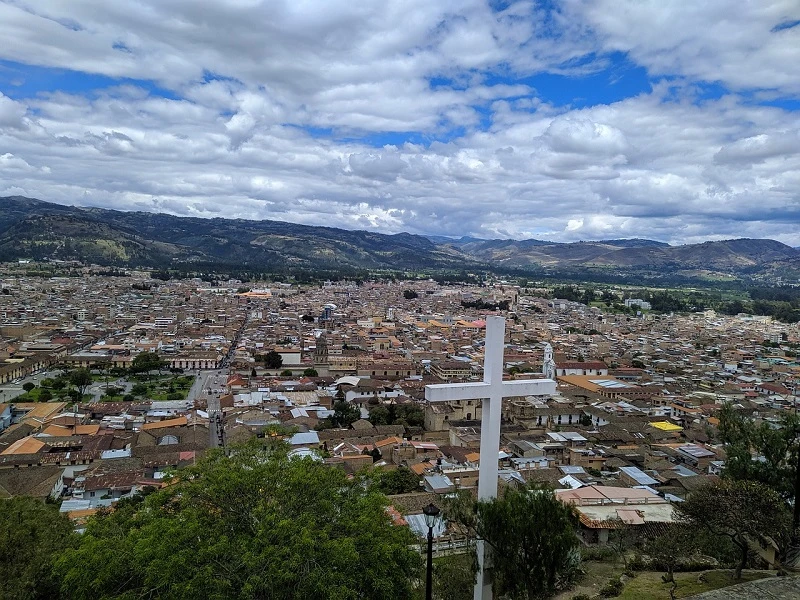
The history of Cajamarca is intricately linked to that of its gold mine because of how its opulent richness attracted the Spaniards who ended the Incan kingdom by killing its monarch.
Today, the city is home to some amazing colonial buildings, and when combined with the breathtaking mountainous landscape that surrounds Cajamarca, it makes for a picture-perfect destination.
The city has a rustic character despite having chic restaurants and shops for guests to enjoy. Beautiful baroque palaces and churches adorn its historic avenues. The mine’s production is slowly declining, thus the city is looking to tourism and its long-standing agricultural industry for funding.
6) Huaraz
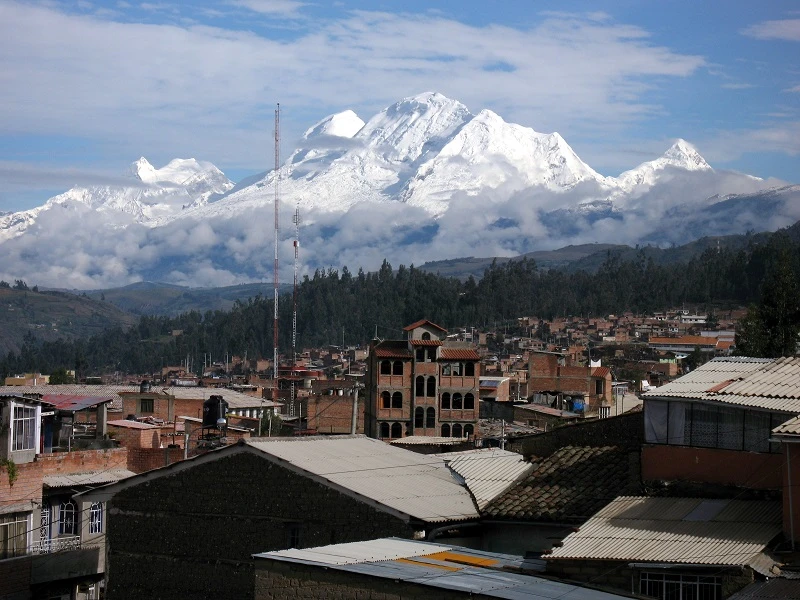
Huaraz is lauded as a destination that outdoor explorers would like because of its breathtaking environment and lovely vistas of the Andes. While the city itself offers fun pubs and eateries to keep visitors entertained, its biggest draws are the abundance of activities available in the surrounding natural beauties.
Trekking, rock climbing, kayaking, and other outdoor activities make Huaraz’s beautiful wilderness an unforgettable place to explore.
7) Nazca
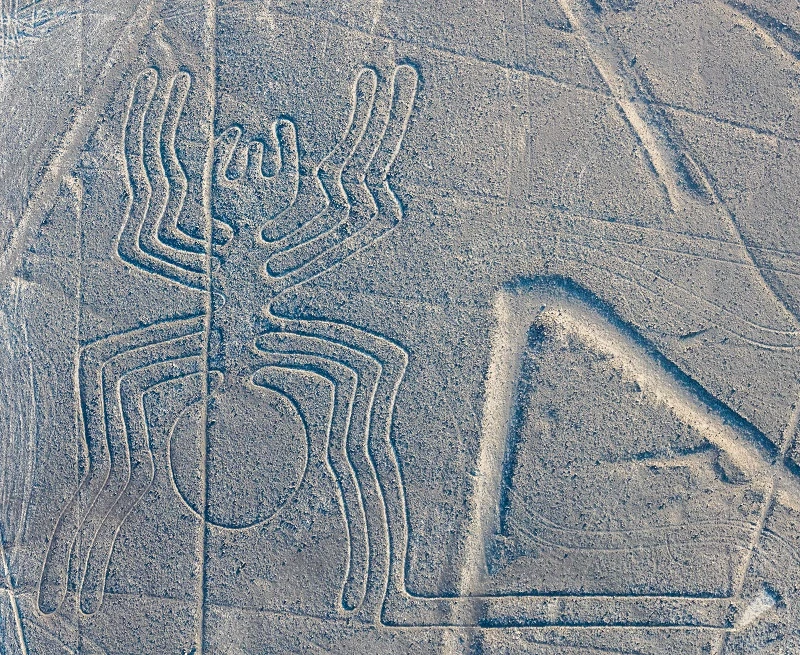
The town of Nazca is famous for the enormous geometric paintings and patterns known as the “Nazca Lines,” and it almost exclusively attracts visitors who want to see the strange and ancient lines that are located nearby in the surrounding desert.
These enormous, inexplicable etchings, which date to roughly 450 AD, are interesting to view and the principal draw in the south coastal region. A museum and a few other archaeological sites are also located in this little town, where you may learn more about the Nazca people.
8) Ica
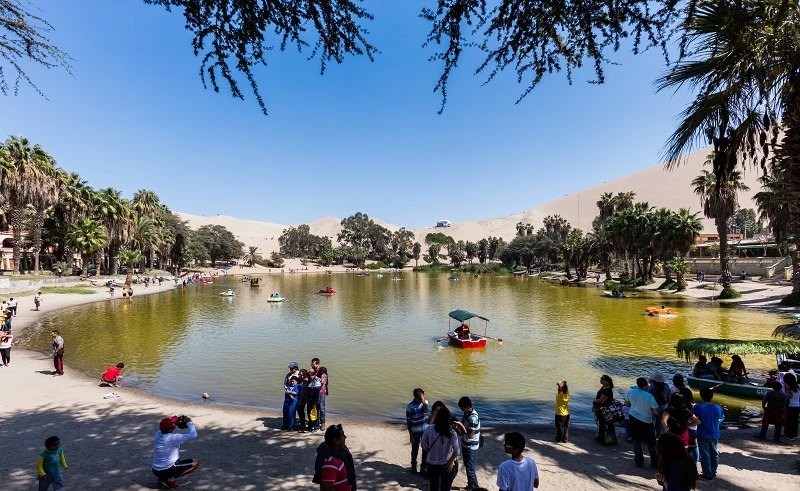
It is nearly incredible that Ica, which is surrounded by desert, produces so many crops and some of the greatest wines in the nation. Ica is a busy city with few tourist attractions despite having a few lovely colonial buildings and a cathedral that was damaged by an earthquake in 2007.
The majority of tourists go to the neighboring village of Huacachina, which is so charmingly tucked away in the dunes near an oasis. Be careful to sample the wine before leaving.
9) Trujillo
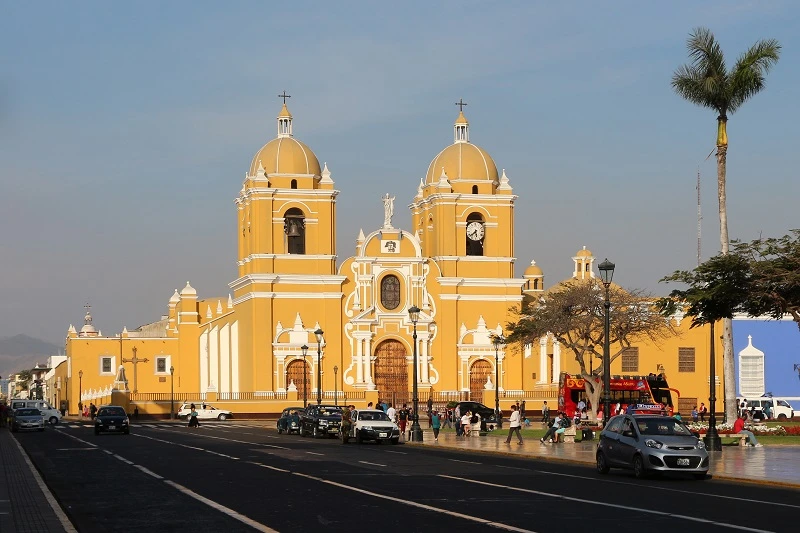
Trujillo, which is located in a lush valley surrounded by parched desert, is quite near to the coast, so you can be relaxing on the beach in no time, and as a result, there is a lot of wonderful seafood to be found here.
While the old town is beautiful to view, with its charming colonial façade and historic churches, most visitors utilise it as a base to explore the amazing pre-Inca monuments nearby. With its amazing old remains, Chan Chan, the capital of the Chimu, is without a doubt the most impressive of all.
10) Puno
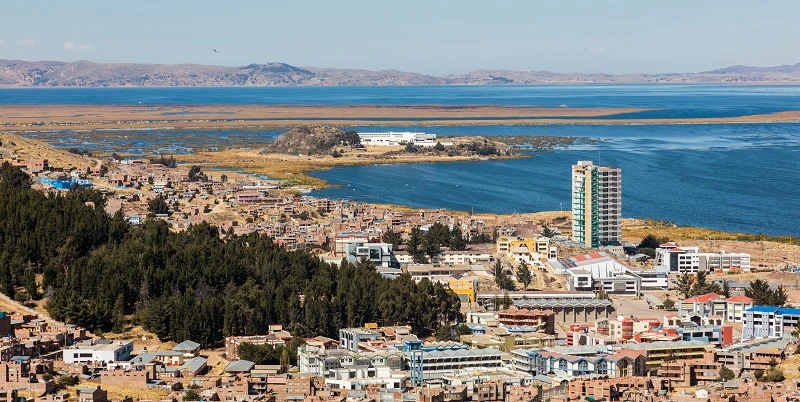
Puno has a lot going for it despite lacking the colonial architecture and historical attractions that are present in other Peruvian cities. The inhabitants of Puno are a reflection of its rich cultural legacy, as are the warm and inviting pubs that can be found all across the city.
Puno, located on Lake Titicaca’s beaches and halfway between Cuzco and La Paz, attracts many tourists. You may travel out to the incredible floating islands in the lake from here.
11) Iquitos
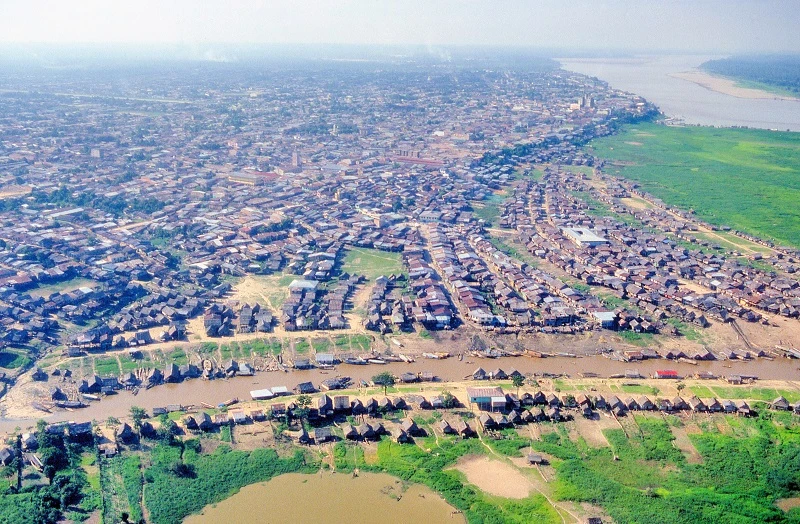
Iquitos, which is inaccessible by land, is the ideal location to explore the Peruvian Amazon. The city, which is located on the Amazon River and is surrounded by jungle, offers boat tours along its swiftly moving waters as well as opportunities to explore the jungle on foot.
Iquitos is a lively and fascinating city where the ancient and the new coexist in perfect harmony. On the river, hollowed-out canoes pass cruise ships, while upscale contemporary bars are situated close to mud huts and mansions.
The undisputed highlight is the distinctive Puerto Belen, where a bustling market brimming with exotic goods from the jungle is housed in wooden huts perched above the river.
12) Ayacucho
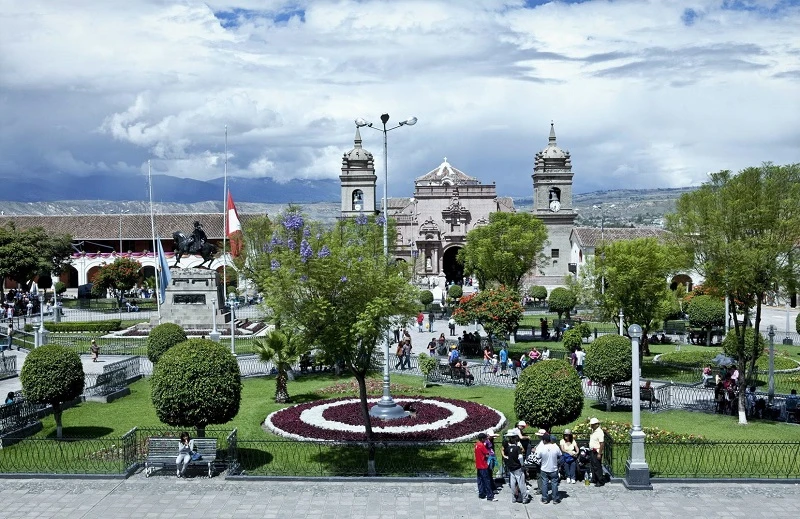
The region around Ayacucho, which is high in the Andes and has been inhabited for at least 20,000 years, is home to several incredible ancient monuments that are tucked away amid the mountains surrounding the city.
Ayacucho was the centre of a revolutionary movement that sought to topple the government in the 1980s and 1990s, but its colonial façade, stunning cathedrals, and charming cobblestone alleys conceal this truth.
But nowadays, Ayacucho’s distinctive cultural history and lovely atmosphere never fail to captivate and move tourists. Ayacucho is a delightful and exciting place to visit with a bustling restaurant scene, and there are several events held there throughout the year that emphasize the local culture.
13) Arequipa
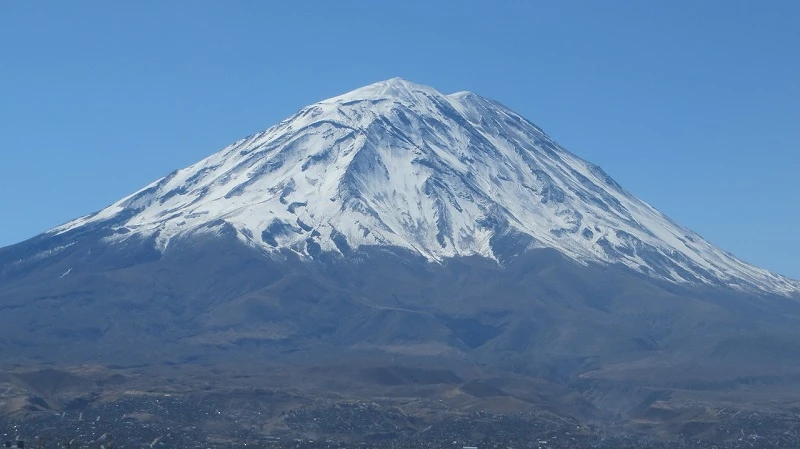
Arequipa is surrounded by mountains and rests at the foot of the impressive El Misti volcano. Surprisingly, there are four more volcanoes close to the city.
Arequipans, who are distinct from the rest of the country, have something to be proud of as you walk through the streets and are greeted by a spectacular collection of opulent colonial buildings.
Arequipa is steeped in history, with the ancient colonial centre in the centre of it all. It has a huge cathedral and lovely churches, houses, and more that are frequently notably fashioned out of white volcanic rock.
The charming Convento de Santa Catalina, which has some delightful tiny alleyways and fascinating architectural features for visitors to explore, is one of its most well-known attractions.
Additionally, Arequipa boasts a superb selection of dining establishments and is the hometown of renowned author Mario Vargas Llosa, demonstrating the city’s strength in both the arts and academia.
14) Lima
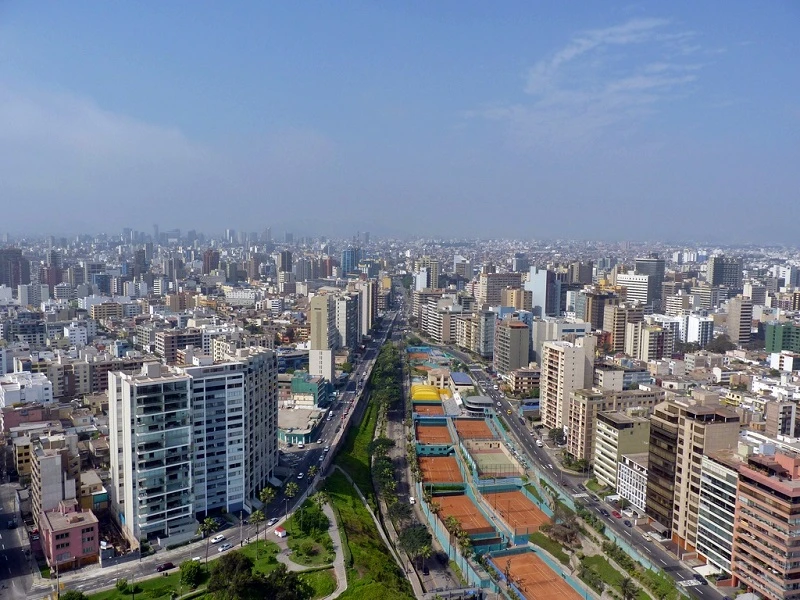
The capital of Peru, which is situated on the west coast of South America with views of the Pacific Ocean, features an interesting mix of architectural styles, from contemporary tower blocks and expansive slums to the charming colonial structures that the Spanish left behind.
Due to its extensive and varied past, the city is dotted with pre-Columbian ruins, beautiful monasteries and cathedrals, as well as informative museums and galleries of modern art.
With a population of over 8.5 million, Lima offers a wide variety of restaurants and bars in addition to a vibrant nightlife.
Given how well-known it is for its culinary treats, Lima is the pinnacle of Peruvian cuisine because of the city’s diversified population, which has imported regional cuisine from all across the nation.
If you feel like resting and soaking up the sun in the second-driest capital in the world, head to the beaches at Miraflores, which border the jagged cliffs overlooking the ocean.
15) Cusco
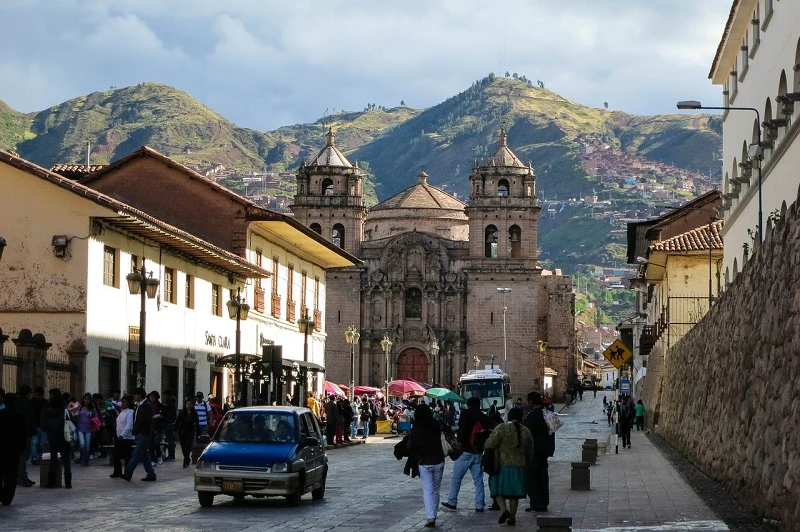
Cusco, which served as the Inca Empire’s former capital, is fascinating to explore since its old cobblestone alleyways are lined with fast-food restaurants and sumptuous colonial cathedrals competing for attention.
The incredible diversity of ancient sites and the depth of its cultural history make the archaeological capital of the continent truly astounding. Cusco is a must-see city in Peru since it serves as the entrance to Machu Picchu and is surrounded by incredible sites that are just waiting to be discovered.
16) Aguas Calientes
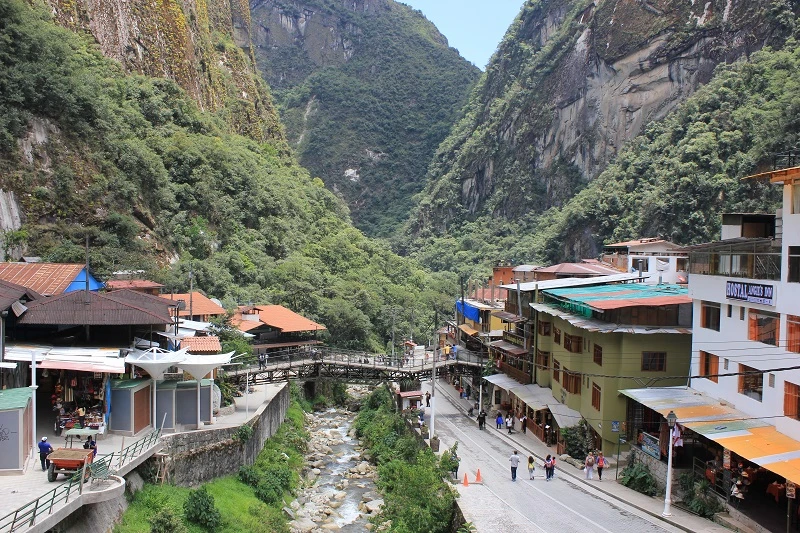
If Machu Picchu were a city, it would have been no surprise to see it at the top of the list. The most evocative landmark in Peru today, however, is a deserted national park. As a result, the settlement that sprung up in the sanctuary’s slopes after it was rediscovered in 1911 received third place as a consolation award.
The train that runs upwards from the archaeological site to Cusco stops at Aguas Calientes, popularly known as Machu Picchu Pueblo. Despite only having 4,500 people living there, it boasts excellent hospitality infrastructure.
17) Pisco

The town of Pisco, which lies close to the mouth of the same-named river, could as well have gotten its name from the strange-looking Paracas National Reserve, where the interesting Candelabra geoglyph was etched into the sand.
Instead, Pisco is renowned for being the origin of pisco, the national spirit of Peru (and Chile). This unaged brandy was initially created on the rich grounds around the town over 500 years ago, and it is one of the greatest souvenirs you can buy in Peru.
18) Tacna
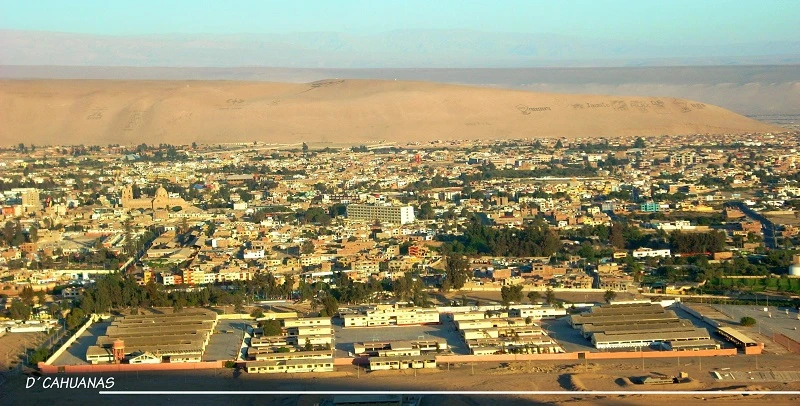
The distance to the Chilean border from Tacna, the southernmost city of Peru, is less than 25 miles. Tacna was originally taken by Chile during a struggle between the two nations in the 1880s; Chile would not hand it back to Peru until more than 40 years later.
The Alto de la Alianza Monumental Complex and the Parabolic Arch, Tacna’s ultimate icon, are only two examples of how the city has made it a point to transform the struggle into commemoration. Tacna was formally created in 1855, which makes it significantly younger than the oldest Peruvian cities. But it does contain some old structures that have been conserved, such as the Municipal Theatre and the Cathedral.
19) Urubamba
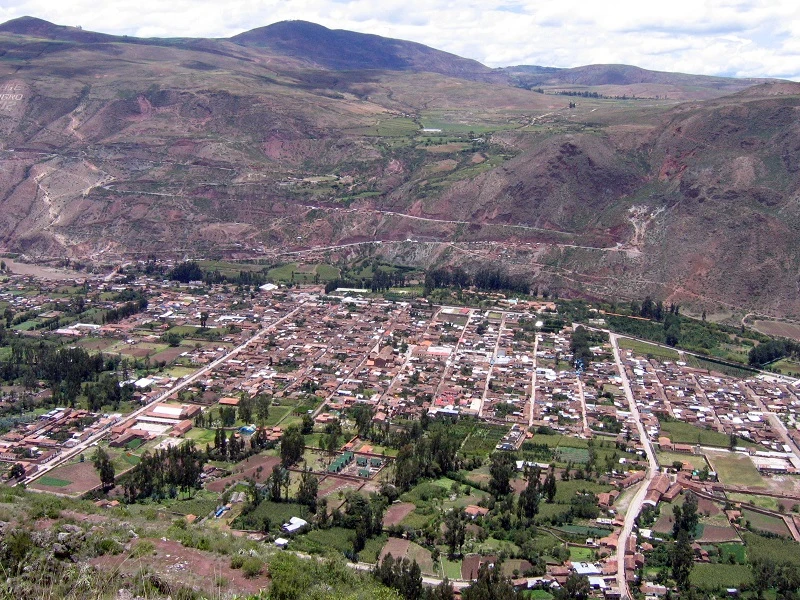
Urubamba has a population of fewer than 14,000. Although the town boasts a charming central square, its surroundings are what give it its renown. The Province of Urubamba is home to Machu Picchu, as well as the ruins of the fortress and temple of Ollantaytambo, the salt mines of Maras, and the Inca terraces of Moray.
Urubamba’s limits include the majority of the Sacred Valley of the Incas, which is where the best maize is farmed. Along the valley’s Urubamba River, there are excellent spots for rafting and other water activities.
What is the best city to visit in Peru?
Your particular preferences and interests will play a role in your decision about the “best” city to visit in Peru. However, here are a few well-known locations that are frequently regarded as top travel destinations in Peru:
Lima: As the capital of Peru, Lima provides a unique blend of cultural, historical, and gastronomic attractions. Explore the city’s historical district, go to museums, take in the exciting nightlife, and savour the mouthwatering Peruvian food.
Cusco: Often referred to as the entrance to Machu Picchu, Cusco is a fascinating city full of Inca history. It boasts busy marketplaces, stunning architecture, historic ruins, and an energetic ambiance.
Arequipa: Arequipa is a lovely city with outstanding colonial architecture and magnificent views of the adjacent El Misti volcano. Travel to the stunning Colca Canyon, take in the local food, and explore the Santa Catalina Monastery.
Trujillo: This city is well-known for its colonial architecture and historical landmarks, including Chan Chan and the Temple of the Sun and Moon. Additionally, it grants access to adjacent beaches.
What are the five major cities in Peru?
- Lima
- Arequipa
- Trujillo
- Chiclayo
- Callao
What are the 3 largest cities in Peru?
The three largest cities in Peru, based on population, are:
- Lima
- Arequipa
- Trujillo
Conclusion
The capital Lima and the fabled Cusco are included as the most well-known cities in Peru, along with less visible locations like Urubamba in the Sacred Valley and Ica on the country’s arid coast.
If you don’t want to spend months traveling around Peru, it is not practical to see all of them, but you may easily fit your favorite ones into your schedule.
